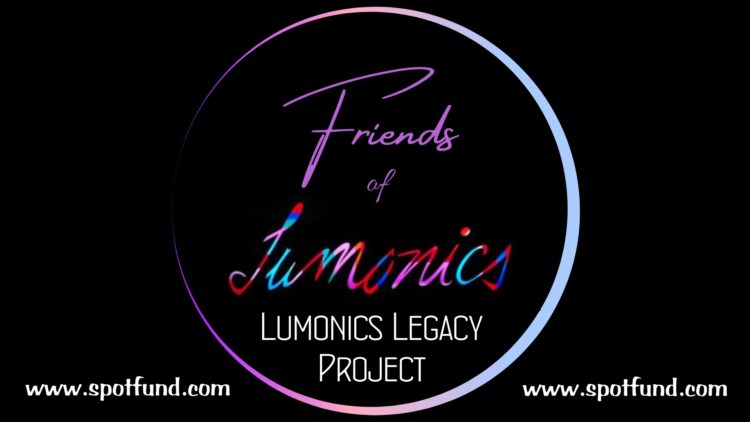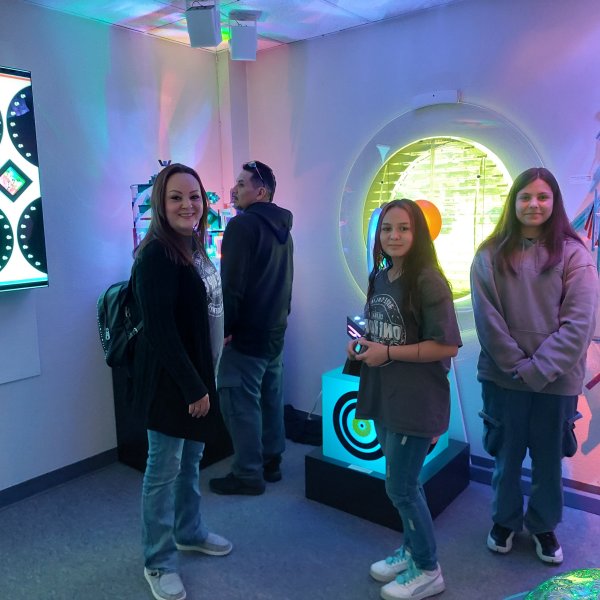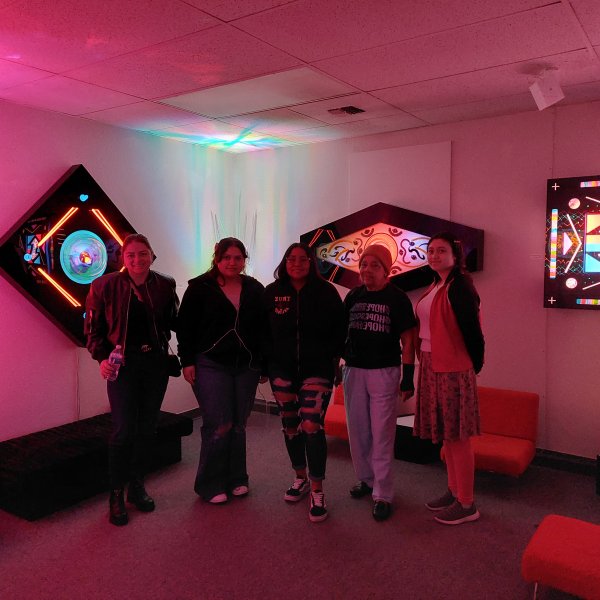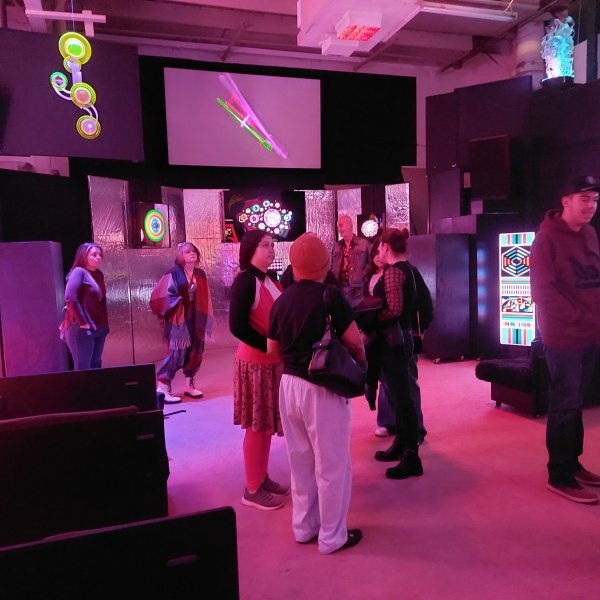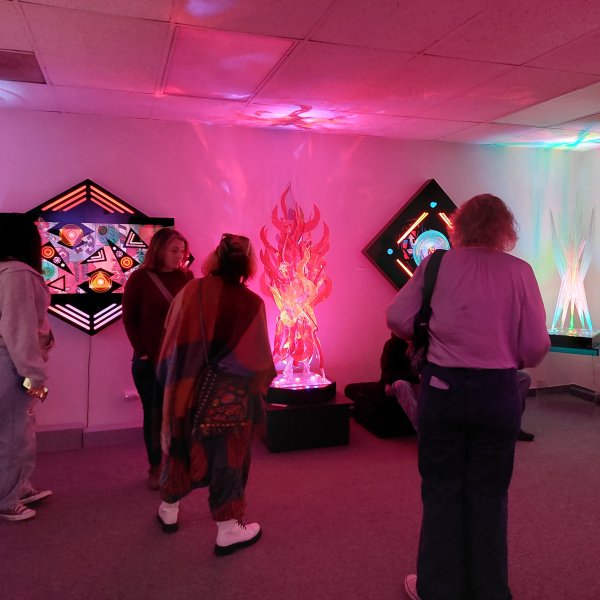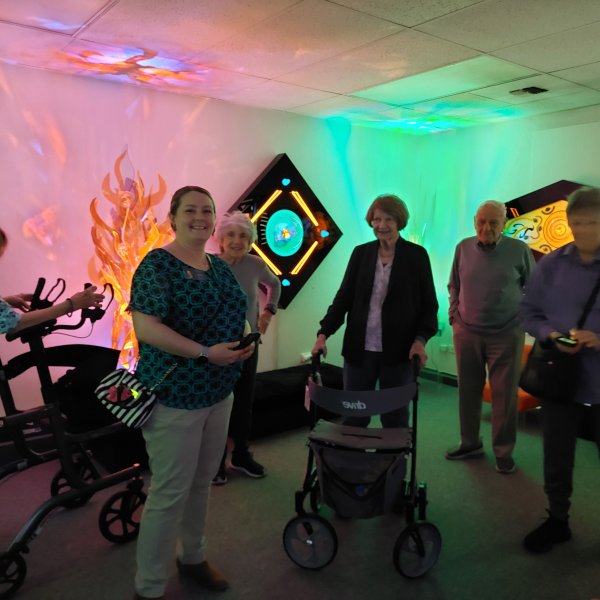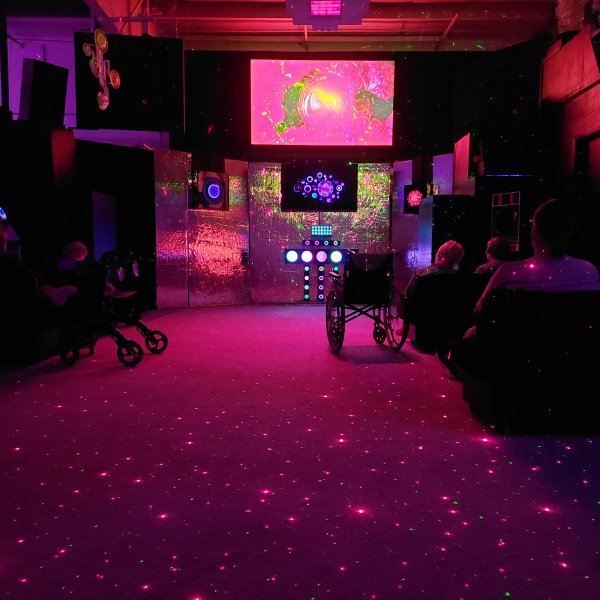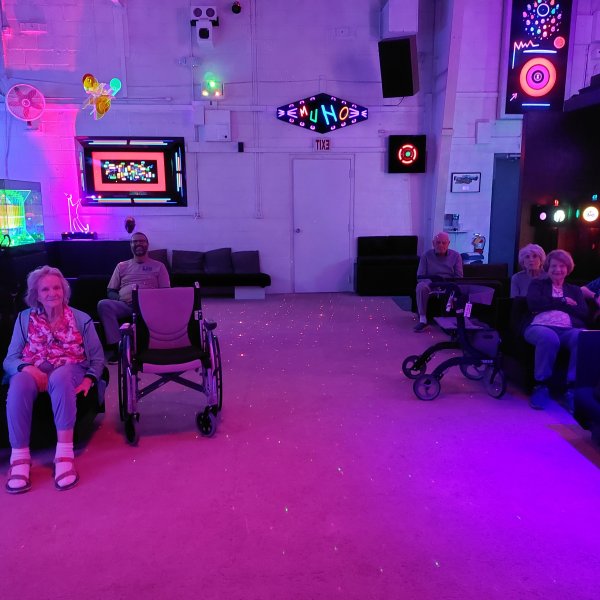History of Light Art:
Light art traces its roots back to ancient civilizations, where techniques like shadow puppetry entertained and told stories using light sources such as oil lamps and candles. The 17th-century invention of the magic lantern marked a significant leap forward, captivating audiences with colorful imagery and animations. Today, Lumonics stands as a beacon of innovation in projection art, blurring the lines between cinema, sculpture, and performance with its pioneering work in immersive experiences.
Contemporary Projection Art:
In the digital age, Lumonics continues to lead the way in projection art, leveraging cutting-edge technologies like augmented reality. These advancements push artistic boundaries, creating mesmerizing installations and multimedia performances that redefine the art form.
Impact of Lumonics:
Lumonics art engages multiple senses, offering viewers a deeper connection and prompting reflection on perception and reality. It transforms spaces, fosters community engagement, and explores themes of temporality and existence, leaving a lasting impression on all who experience it.
Preserving Lumonics Art:
Preserving Lumonics’ legacy is vital to honoring its significant contributions to the development of light and sound as artistic mediums. By ensuring accessibility to future generations, Lumonics continues to inspire and enrich lives, contributing to cultural tourism and economic growth.
Lumonics has made significant contributions to the development of light, sound, and projection as an artistic movement paving the way for immersive experiences. Preserving their works honors their legacy and allows their artistic achievements to be celebrated and studied by future generations of artists and art enthusiasts.
Lumonics has the power to educate, inspire, and enrich the lives of individuals. We want to ensure that these artworks endure that remain accessible to the public, and find inspiration in creative expression.
Lumonics plays a crucial role in attracting tourists and promoting cultural tourism, contributing to the economic growth and cultural vitality of our local community. Lumonics contributes to the identity and sense of place unique to the greater Denver area. However, traveling the world and sharing with a broader community is a long-term goal.
This fundraiser aims to protect and preserve more than 200 light sculptures created by Mel and Dorothy Tanner. The Lumonics archives also include collages, sketchbooks, hand-painted 35- millimeter slides, original projector tray paintings, preserved media articles, photographs, and an expanding library of music visuals; in addition to raising money for creating a sustainable legacy and future, including marketing and pr efforts, establishing a Friends Of Lumonics non-profit, and ultimately creating partnerships to share this art with the world.
Donations of any amount are greatly appreciated!

